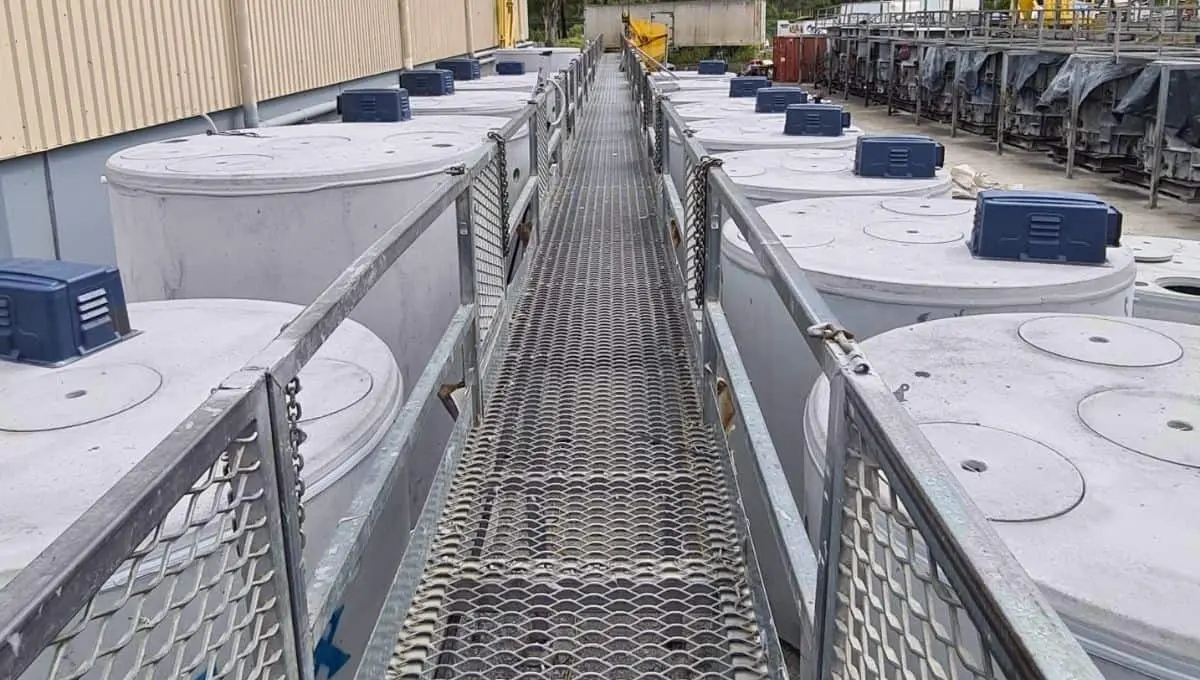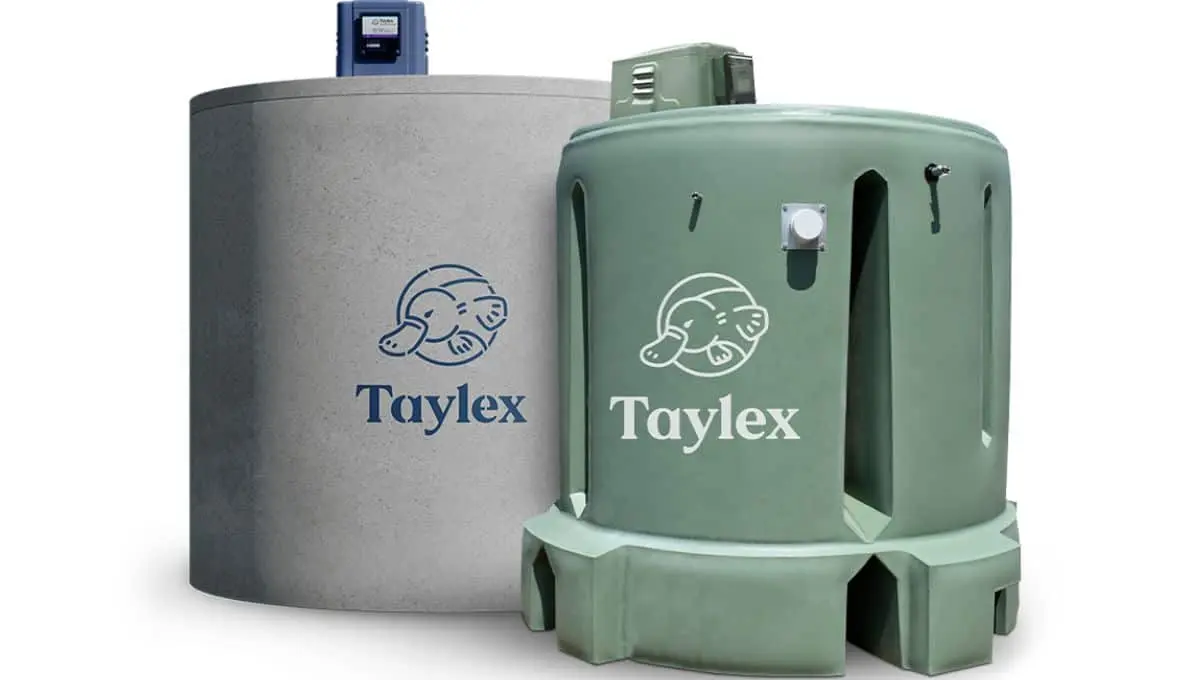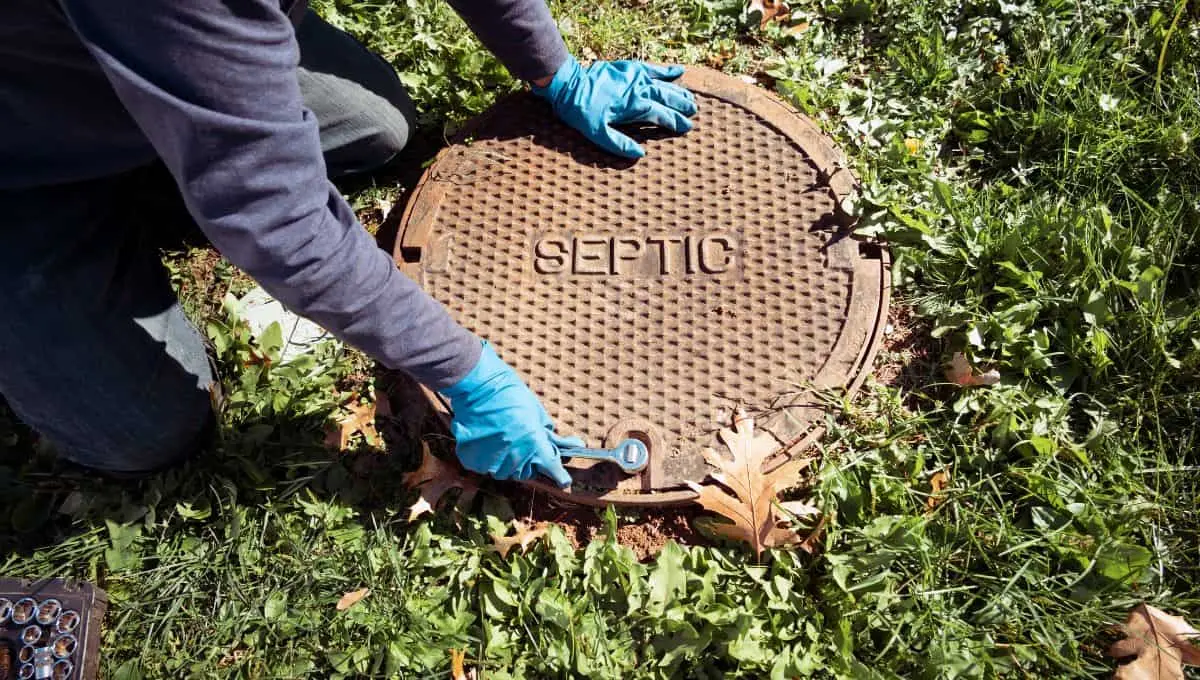
From the vast outback to bustling suburbs, septic systems are essential for managing wastewater in Australian homes that don’t connect to the main sewer lines. However, with the many different types of septic systems in Australia, choosing the right one for your property is often confusing. This guide will take you on a comprehensive tour of the various septic systems used in the Sunburnt Country, their pros and cons, and how to choose the best one for your needs.
Understanding Septic Systems: What They Are and How They Work
A septic system is an underground wastewater treatment structure commonly used in areas without centralised sewer systems. It treats and disposes of household wastewater safely. Here’s how it works:
- Wastewater Flows In: All wastewater from your house (including sinks, showers, toilets, and washing machines) flows into a septic tank.
- Solids Settle: In the tank, solids settle at the bottom (sludge), and oils and grease float to the top (scum).
- Effluent Leaves: The partially treated liquid wastewater (effluent) leaves the tank and enters a drain field (or leach field), a series of perforated pipes buried in porous soil.
- Soil Filters: The drain field’s soil naturally filters out harmful bacteria, viruses and pollutants.
Explore How Septic Tanks Work in Our Comprehensive Guide!
Factors to Consider When Choosing a Septic System
Before diving into the types of septic systems, it’s important to understand the key factors influencing your decision. Here are some key considerations:
- Site and Soil Conditions: The soil type on your property, permeability, and the groundwater depth are crucial factors. Certain systems are better suited for specific soil conditions.
- Household Size and Water Usage: Your household size and daily water consumption will determine the capacity needed for your septic system.
- Maintenance Requirements: Different systems have varying maintenance needs. Consider how much time and effort you will invest in maintaining your septic system.
- Environmental Impact: If you’re environmentally conscious, you might prefer a system with a smaller ecological footprint.
- Budget: Septic systems vary in cost for initial installation and ongoing maintenance.
Types of Septic Systems in Australia

Now, let’s explore the different types of septic systems commonly used in Australia:
1. Conventional Septic Systems
- Description: The most basic and common type. It comprises three main components: a septic tank, a drain field, and soil.
- Pros: Simple, cost-effective, suitable for various soil types, and effective at treating wastewater.
- Cons: Septic systems require routine maintenance, like pumping the tank every few years, and may not work well in certain soil types or with factors like heavy rain or tree roots.
Suitable Environments
Conventional septic systems are typically suitable for single-family homes in rural or semi-rural areas, where there is enough space for a drain field and the soil conditions are conducive to effective wastewater treatment.
2. Aerated Wastewater Treatment Systems (AWTS)
- Description: More advanced than conventional systems, using oxygen to accelerate the breakdown of waste. It comprises three main components: a primary treatment tank, an aeration chamber, and a clarification chamber.
- Pros: Highly efficient, produces cleaner effluent (reduced odours), suitable for smaller properties with space limitations for a drain field.
- Cons: Higher initial and maintenance costs, electricity requirements, and regular maintenance are required.
Suitable Environments
AWTS are suitable for properties with limited space for a drain field and areas where soil conditions may not support traditional septic systems.
3. Sand Filter Systems
- Description: Use sand filters to treat effluent from the septic tank further. Typically, it comprises three main components: a septic tank, a pump chamber, and a sand filter.
- Pros: Effective treatment, suitable for poor soil conditions, can be installed above or below ground.
- Cons: Higher initial costs, require regular maintenance and may need electricity for the pump chamber.
Suitable Environments
Sand filters work well for properties with limited space for a drain field and in areas with poor soil conditions. Traditional septic systems may be ineffective in such areas.
4. Constructed Wetland Systems
- Description: Mimic natural wetlands to treat wastewater using plants and microorganisms. Typically, it comprises three main components: a pre-treatment tank, a wetland cell, and an outlet zone.
- Pros: Eco-friendly, enhances landscapes, provides wildlife habitat, and requires minimal energy input.
- Cons: Requires a larger land area, higher initial cost, complex installation, and regular maintenance.
Suitable Environments
Constructed wetland systems are suitable for properties with sufficient land area to accommodate the wetland cells and in places where environmentally sustainable solutions are a priority.
5. Composting Toilets
- Description: Dry toilet alternative that converts waste into compost. It comprises three main components: a toilet unit, a composting chamber, and a ventilation system.
- Pros: Conserves water, produces usable compost and is ideal for off-grid locations.
- Cons: Requires regular maintenance, may not be suitable for all households, and higher initial installation costs.
Suitable Environments
Composting toilets are suitable for remote areas or properties without access to water or sewer connections and homes aiming for sustainable living and water conservation.
6. Septic Tank with Absorption Trenches
- Description: A traditional system where effluent disperses into trenches for further treatment. It comprises three main components: a septic tank, a distribution box, and absorption trenches.
- Pros: Simple, reliable, effective in treating wastewater, and lower installation costs.
- Cons: Requires significant land area, performance depends on soil type, needs regular pumping.
Suitable Environments
Septic tanks with absorption trenches work well for rural/semi-rural properties with adequate land and soil drainage, providing a simple, cost-effective wastewater solution.
Regulatory Requirements and Standards

In Australia, septic systems are regulated at state and local levels. Complying with these regulations is essential to ensure public health and environmental protection. Check with your local council and relevant environmental authorities for specific requirements.
Overview of Australian Regulations
- State and Territory Regulations: State/territory rules govern septic system requirements for public/environmental protection.
- Environmental Protection Authorities (EPAs): EPAs enforce regulations, issue permits, and inspect septic systems for compliance.
- Australian Standards: Guidelines mandate safe and effective septic system design and operation.
Want to learn more? Check our detailed guide on “Wastewater Regulation.”
Installation and Maintenance
Proper installation and maintenance are crucial for the longevity and efficiency of your septic system.
Key Installation Steps
- Site Evaluation: Assess your property’s soil, terrain, and water table for the ideal system location.
- Permits and Approvals: Obtain necessary permits from local authorities before starting work.
- Excavation and Placement: Prepare the site and install the septic tank and drain field according to specifications.
- Plumbing and Connections: Connect your home’s plumbing to the septic tank and drain field to ensure proper flow.
- Backfilling and Inspection: Fill in excavated areas, compact the soil, and have a final inspection to ensure compliance.
Essential Maintenance Practices:
- Pumping: Schedule regular tank pumping (every 3-5 years) to remove accumulated sludge and scum.
- Inspection: Regularly check for leaks, damage, and proper effluent filter function.
- Vegetation Control: Keep trees and shrubs away from the drain field to prevent root intrusion.
- Water Conservation: Minimise water usage to reduce strain on your system.
Recognizing and Addressing System Failure
Watch for these warning signs of potential problems:
- Foul Odors: Unpleasant smells around the tank or drain field.
- Slow Drains: Could indicate a blockage in the system.
- Pooling Water: Soggy areas around the drain field suggest poor drainage.
- Sewage Backup: Requires immediate professional attention.
By following these guidelines, you can ensure your septic system operates smoothly and lasts for years. If you notice any signs of trouble, don’t hesitate to contact a septic system professional for diagnosis and repairs.
Sustainable and Eco-Friendly Septic System Options

As environmental concerns grow, eco-friendly septic systems are gaining popularity. These systems offer numerous benefits, including:
Advantages of Sustainable Septic Systems
- Reduced Environmental Impact: These systems rely on natural processes, minimising pollution and protecting ecosystems.
- Water Conservation: Composting toilets significantly reduce water usage, making them ideal for areas with water scarcity.
- Resource Recovery: Some systems, like composting toilets, transform waste into valuable compost for gardening.
- Energy Efficiency: Eco-friendly systems often require less energy, lowering your carbon footprint and energy bills.
Comparing Eco-Friendly Systems
Let’s take a closer look at a few popular eco-friendly options:
- Composting Toilets: Convert waste into compost, saving water and creating a valuable resource.
- Constructed Wetlands: Use natural filtration processes and enhance the landscape while treating wastewater.
- Aerated Wastewater Treatment Systems (AWTS): Utilise oxygen to speed up waste breakdown, offering high treatment efficiency.
- Sand Filter Systems: Effectively remove impurities even in poor soil conditions.
Each system has unique benefits and drawbacks, so it’s important to consult with a septic system professional to determine which is best for your specific needs and environmental goals.
Choose Taylex for Your Septic Project
As Australia’s pioneer of home sewage treatment systems, Taylex has a proven track record of providing innovative and reliable solutions. We offer many products and services, including system design, installation, maintenance, and repairs.
Contact Taylex today to discuss your septic system needs. Our team of experts will guide you through the process and help you find the perfect solution for your home.
Types of Septic System in Australia: FAQs
What is the Best Type of Residential Septic System?
The best type of residential septic system depends on property size, soil conditions, water usage, and environmental considerations. Consult a septic system professional to determine the most suitable option.
What is the Most Common Septic System?
The most common septic system used in Australia is the conventional septic system. They are relatively simple, cost-effective, and suitable for various soil conditions.
What is the Cheapest Septic Option?
Conventional septic systems are the cheapest option upfront due to their simplicity and widespread use.
Which Septic System Lasts the Longest?
A concrete septic tank generally lasts the longest. With proper maintenance, concrete septic tanks can last 40-50 years or more.
What is the Most Eco-Friendly Septic System?
Constructed wetland systems and composting toilets are the most eco-friendly septic system options. They utilise natural processes to treat wastewater and minimise environmental impact.
What’s Better Plastic or Concrete Septic Tank?
Both plastic and concrete septic tanks have their advantages and considerations. Plastic tanks are lightweight and easier to install, while concrete tanks are more durable and damage-resistant.
Want to learn more? Check out our detailed post on “Concrete vs plastic septic tanks.”
Which is the Most Efficient Septic System?
Aerated Wastewater Treatment Systems (AWTS) are the most efficient septic system option. They use aerobic bacteria to break down waste more effectively than conventional systems, resulting in higher treatment efficiency.